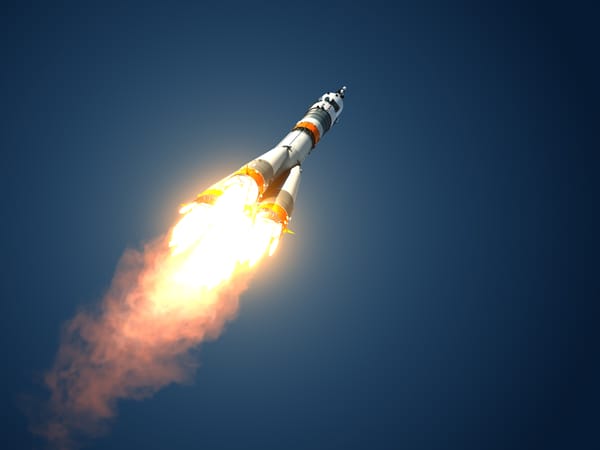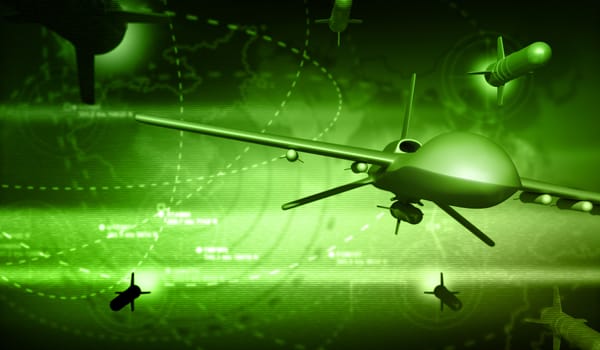Hypersonic Detection and Tracking

Hypersonic Detection and Tracking: A Cornerstone of National Capability
Hypersonic weapons—defined by speeds exceeding Mach 5 and the ability to maneuver unpredictably—pose a formidable challenge to existing missile defense architectures. Detecting and tracking these threats requires advances in sensor technology, data fusion and real-time processing to deliver early warning and interception guidance. Nations that master hypersonic detection and tracking secure a critical strategic edge, enhancing both deterrence and resilience across air, space and maritime domains .
At the heart of hypersonic detection lies an integrated sensor network combining ground-based radars, airborne platforms and space-based infrared (IR) satellites. Traditional long-range radars, such as U.S. AN/TPY-2 X-band systems, have been upgraded with Gallium Nitride (GaN) transmitters and advanced digital beamforming to extend detection ranges beyond 2,000 kilometers and improve discrimination of low-observable, high-speed objects . Complementing these, space-based IR sensors—deployed in low-Earth orbit constellations—provide continuous “glint” detection of the intense thermal signature produced during a hypersonic vehicle’s boost and glide phases. Fused with radar tracks through open architectures such as the U.S. Missile Defense Agency’s Command and Control, Battle Management, and Communications (C2BMC) framework, these multi-domain data streams enable near real-time situational awareness.
Strategic Importance
From a national capability standpoint, effective hypersonic tracking shortens the sensor-to-shooter timeline, allowing interceptors—whether boost-phase lasers, glide-phase kinetic weapons or endo-atmospheric missiles—to engage before threats reach critical targets. Early warning also underpins civil defense measures, giving populations vital seconds to shelter and systems time to reconfigure electronic infrastructure against potential electromagnetic pulse effects. In the Indo-Pacific, where China’s recent unveiling of a “gigantic anti-hypersonic radar” in Yunnan claims a 5,000-kilometer reach, and where Russia continues to test maneuverable glide vehicles, allied nations are doubling down on joint sensor development and data sharing .
Research and Development Trends
Global research in hypersonic detection has accelerated sharply over the past two decades. ASPI’s historical-performance data shows the proportion of highly cited publications in this field rising from under 5 percent in 2003 to over 20 percent by 2023, with the United States and China leading contributions and Russia and India emerging as dynamic challengers . This surge reflects national R&D investments—from DARPA’s Glide Phase Interceptor programs to China’s National Superconducting Radar Initiative—and the growing need to field hardened sensors capable of withstanding extreme clutter, plasma sheaths and electronic warfare countermeasures.
Global Leaders in Capability
United States drives innovation through integrated testbeds at White Sands Missile Range and Vandenberg Space Force Base, fielding prototypes of boost-phase laser interceptors coupled with high-altitude IR satellites.
China has deployed new fixed and mobile phased-array radars near strategic waterways and is rapidly expanding its space-based sensor constellations under the Quantum Experiments at Space Scale program.
Russia continues to refine its over-the-horizon radars and deploy hypersonic tracking ships in the Arctic.
India’s DRDO recently tested its first indigenously developed IR tracking satellite, aiming to join the global hypersonic sensor network by 2027, while France and Japan collaborate on joint airborne radar and IR experiments to strengthen NATO and Quad deterrence architectures.
Future Outlook
As hypersonic weapons proliferate, detection and tracking systems must evolve toward distributed, resilient architectures. Upcoming directions include mesh-enabled sensor networks with autonomous lateral data sharing, quantum-enhanced photon detectors for finer thermal discrimination, and AI-driven track fusion to accelerate decision cycles. International standardization of data protocols and collaborative test ranges will be critical to ensure allied interoperability. Nations that invest decisively in hypersonic sensor R&D, secure rare-earth magnet and GaN supply chains, and integrate cross-domain architectures will safeguard their strategic perimeters and reinforce the credibility of their deterrent posture well into the next decade.




